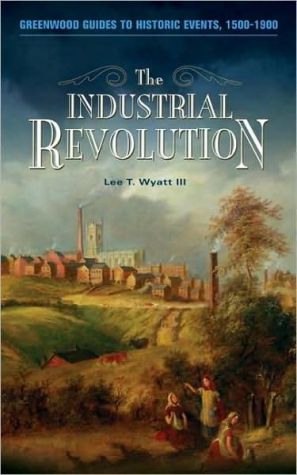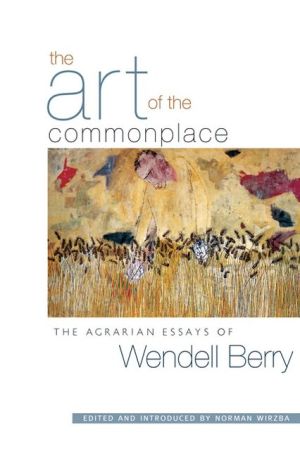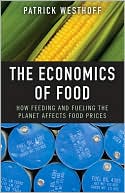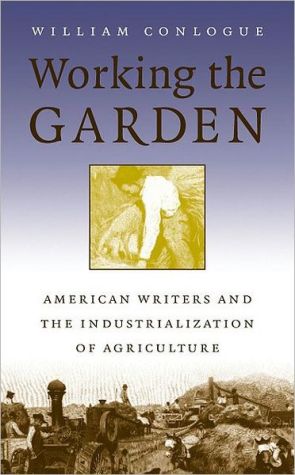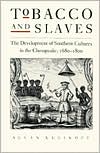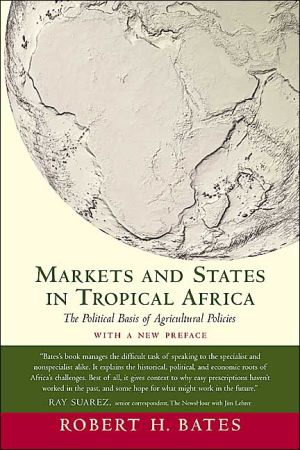The Industrial Revolution
The Industrial Revolution that began in Great Britain in the mid-seventeenth century transformed the British economy—and later the economies of Western Europ and the U.S.—from a rural, agricultral system into an industrial society, centered around the factory system of mass production and specialized labor. the right mix of social, political and legal conditions in Britain at the time led to the discovery of labor. The right mix of social, political and legal conditions in Britain at the time...
Search in google:
The Industrial Revolution that began in Great Britain in the mid-seventeenth century transformed the British economy-and later the economies of Western Europe and the U.S.-from a rural, agricultural system into an industrial society, centered around the factory system of mass production and specialized labor. The right mix of social, political and legal conditions in Britain at the time let to the discovery of labor. The right mix of social, political and legal conditions in Britian at the time led to the discovery of fresh sources of power and energy, and to advances in agriculture, manufacturing, communication and transportation. Notable results included the steam engine, which made possible everything from textile factories to railroads, and, later in the U.S., the cotton gin, electric light, and automobiles. This comprehensive volume explores all these events and more, including the aftermath of the Revolution-its spread beyond Britain and the U.S. to Asia and throughout the world, allowing for a higher standard of living while challenging that standard with increased pollution and health problems, a widened economic and social class gap, and a weakening of traditional family structure. Biographical sketches of key figures, a chronology of events, primary document excerpts from the period, and a print and nonprint source of bibliography supplement the work. School Library Journal Gr 9 Up Goloboy follows her opening chronology with a section called "Work and Daily Life." Other chapters cover "White Male Artisans," "Free Women Workers," "Slaves," "Manufacturers," and "Consumers." The second part, "Politics of the Public Sphere," provides chapters on "Readers and Writers," "Working Class," "Middle Class," and "Immigrants." This work approaches history from the ground level, and the two short biographies in each chapter (Solomon Northup, author of Twelve Years a Slave ; Chauncey Jerome, manufacturer of metal clocks) reflect this nature. Wyatt's chronology covers from von Guericke's 1654 atmospheric-pressure machine experiments to Queen Victoria's 1901 death. Opening chapters, "Historical Overview," "The Way We Were: On the Eve of the Industrial Revolution," and "The Agricultural Revolution in Great Britain," set the stage, and the era is addressed in chapters on Britain, the United States, mainland Europe, and the non-Western world. Fifteen biographies (Henry Bessemer, Edmund Cartwright) and 21 annotated primary sources (excerpts from Jacob Riis's How the Other Half Lives ; a period article on railroad statistics) are provided. The straightforward, unbiased, but scholarly works are accompanied by source notes and black-and-white images. Goloboy's volume incorporates biographies in the chapters that cover the individual's lifetime, whereas Wyatt offers more detailed biographies in a separate section. Both books detail the lifestyle changes that characterized the era and offer numerous viewpoints on it. They are worthy general purchases depending on need. While Goloboy focuses on the Industrial Revolution in the United States, Wyatt also looks at theperiod prior to it and addresses global ramifications.-Beth McGuire, Fannett-Metal School District, Willow Hill, PA
Series Forward Linda S. Frey Frey, Linda S. Marsha L. Frey Frey, Marsha L.Ch. 1 Historical Overview 1 Ch. 2 The Way We Were: On the Eve of the Industrial Revolution 11 Ch. 3 The Agricultural Revolution in Great Britain 25 Ch. 4 The Industrial Revolution in Great Britain 39 Ch. 5 The Industrial Revolution in America 79 Ch. 6 The Industrial Revolution on the Continent in the Late 19th Century 119 Ch. 7 The Industrial Revolution beyond the West 143 Biographies 157 Primary Documents 205 Annotated Bibliography 243 Index 255 Photographs follow page 156
\ School Library JournalGr 9 Up\ Goloboy follows her opening chronology with a section called "Work and Daily Life." Other chapters cover "White Male Artisans," "Free Women Workers," "Slaves," "Manufacturers," and "Consumers." The second part, "Politics of the Public Sphere," provides chapters on "Readers and Writers," "Working Class," "Middle Class," and "Immigrants." This work approaches history from the ground level, and the two short biographies in each chapter (Solomon Northup, author of Twelve Years a Slave ; Chauncey Jerome, manufacturer of metal clocks) reflect this nature. Wyatt's chronology covers from von Guericke's 1654 atmospheric-pressure machine experiments to Queen Victoria's 1901 death. Opening chapters, "Historical Overview," "The Way We Were: On the Eve of the Industrial Revolution," and "The Agricultural Revolution in Great Britain," set the stage, and the era is addressed in chapters on Britain, the United States, mainland Europe, and the non-Western world. Fifteen biographies (Henry Bessemer, Edmund Cartwright) and 21 annotated primary sources (excerpts from Jacob Riis's How the Other Half Lives ; a period article on railroad statistics) are provided. The straightforward, unbiased, but scholarly works are accompanied by source notes and black-and-white images. Goloboy's volume incorporates biographies in the chapters that cover the individual's lifetime, whereas Wyatt offers more detailed biographies in a separate section. Both books detail the lifestyle changes that characterized the era and offer numerous viewpoints on it. They are worthy general purchases depending on need. While Goloboy focuses on the Industrial Revolution in the United States, Wyatt also looks at theperiod prior to it and addresses global ramifications.-Beth McGuire, Fannett-Metal School District, Willow Hill, PA\ \ \
